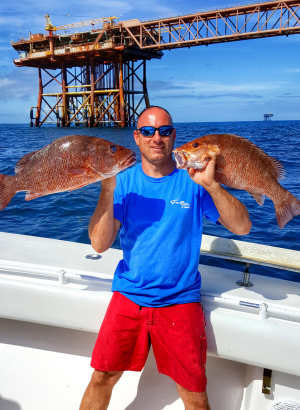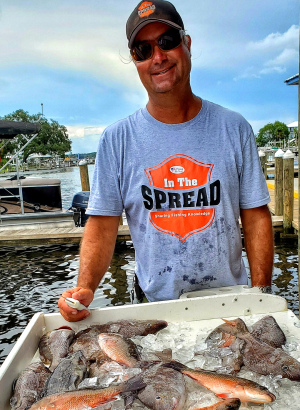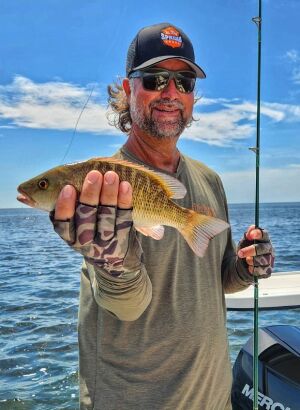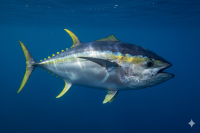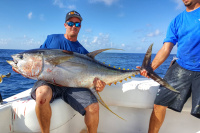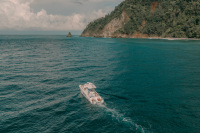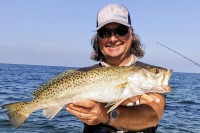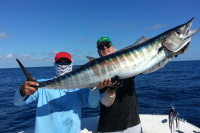Get up to speed on comprehensive regulations for mangrove snapper size limits across Atlantic and Gulf states. This guide explains state-by-state requirements, federal waters regulations, and biological factors behind size restrictions, helping anglers ensure compliance while supporting sustainable fisheries along the coast.
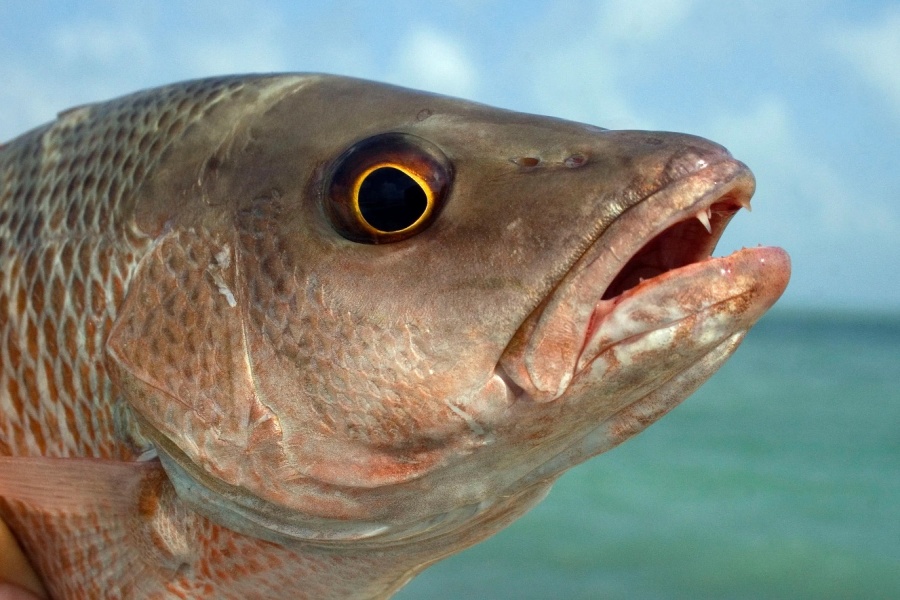
Guide to Mangrove Snapper Size Limits By State
Mangrove Snapper Size Limits
Quick Reference: State-by-State Size Limits
Atlantic Coast
Florida (Atlantic waters)
- State waters: 10 inches total length
- Federal waters: 12 inches total length
- Biscayne National Park: 12 inches total length (special regulation as of July 2020)
- All waters: 12 inches total length
Gulf Coast
Florida (Gulf waters)
- State waters: 10 inches total length
- Federal waters: 12 inches total length
- All waters: 12 inches total length
Mississippi
- All waters: 12 inches total length
Louisiana
- All waters: 12 inches total length
Texas
- No specific regulations for mangrove snapper
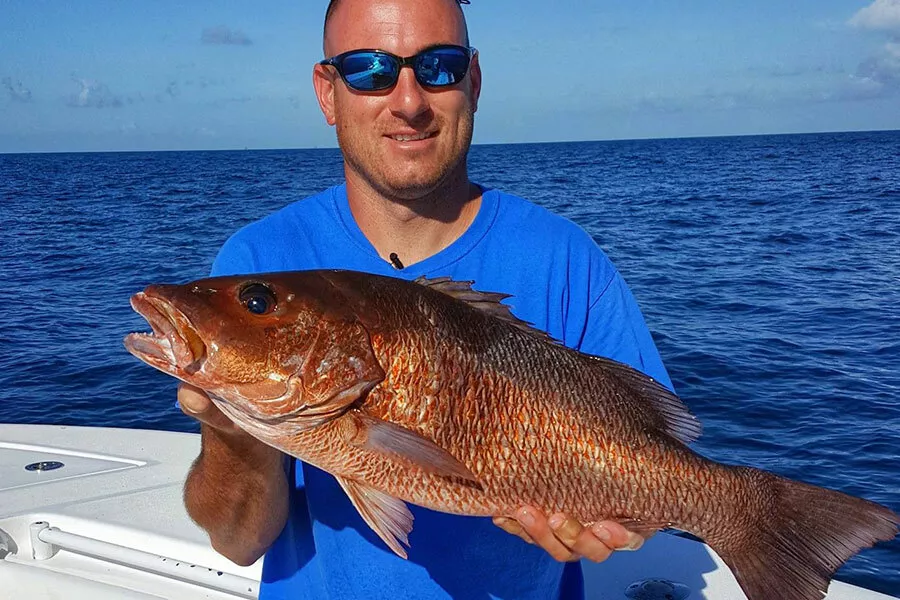
Federal Waters Jurisdiction
Biological Significance of Size Limits
1. Spawning Frequency:
- Larger females (≥500 mm TL) spawn approximately every 4.5 days
- Smaller females (300-324 mm TL) spawn only every 19.7 days
- This increased frequency results in significantly higher annual reproductive output
2. Batch Spawning:
- Annual batch production varies significantly with size
- Larger females produce more batches per season
- Total annual fecundity increases disproportionately with body size
Population Management Through Size Regulations
Current size limits serve multiple population management functions that extend beyond simple reproductive opportunities. By protecting fish until they reach specific size thresholds, these regulations help maintain:
Population Structure
Size limits help preserve a more natural population distribution, particularly important in areas facing heavy fishing pressure. Studies demonstrate that exploitation can alter the size distribution of fish in mangrove areas, leading to steeper slopes in community size spectra and declining abundance of medium-sized fish (16-25 cm).
Ecosystem Connectivity
Mangrove snappers exhibit complex migration patterns between mangrove habitats and offshore reefs. The density of migratory individuals (10-20cm standard length) decreases exponentially as the distance between reef and mangrove sites increases. Size limits help protect these crucial migratory populations, ensuring continued connectivity between different habitats.
Ecological Benefits of Size Limit Enforcement
The maintenance of appropriate size limits yields numerous ecological benefits beyond simple population sustainability:
Ecosystem Balance
Mangrove snappers play vital roles in coastal ecosystems, particularly in mangrove forests and nearby reefs. Their presence often indicates successful ecosystem restoration and healthy fish diversity. As predators, they help regulate populations of smaller fish and crustaceans, contributing to nutrient cycling within the ecosystem.
Economic Impact
Healthy mangrove snapper populations support both recreational and commercial fisheries. In Florida alone, snappers represent the fifth-largest economic value species, generating over $20 million in 2016. This economic significance underscores the importance of maintaining appropriate size limits.
Enforcement and Compliance
- Monetary fines (which can reach hundreds of dollars per violation)
- Confiscation of catch and equipment
- Potential loss of fishing licenses
2. Legal Ramifications:
- Increased penalties for repeat offenses
- Possible license suspension or revocation
- Potential legal proceedings for serious violations
Future Considerations
- Potential shifts in growth rates
- Changes in migration patterns
- Alterations to spawning behavior
2. Habitat Modification:
- Changes in mangrove distribution
- Alterations to reef systems
- Coastal development impacts
3. Population Dynamics:
- New research on growth rates
- Updated information on sexual maturity
- Better understanding of migration patterns

